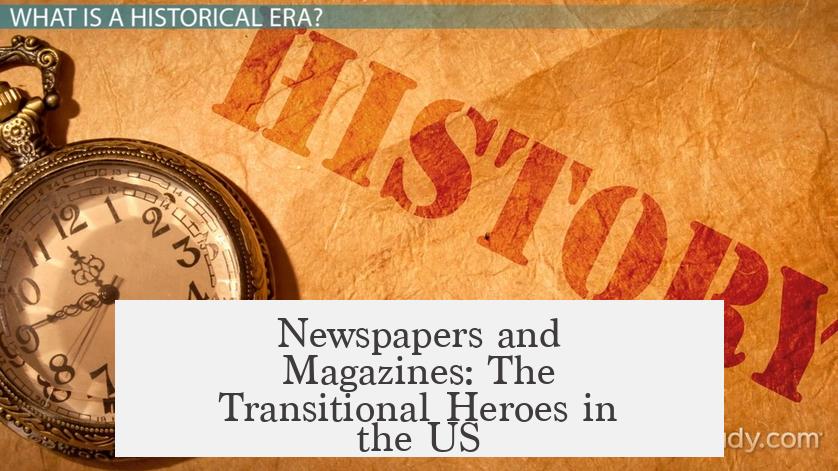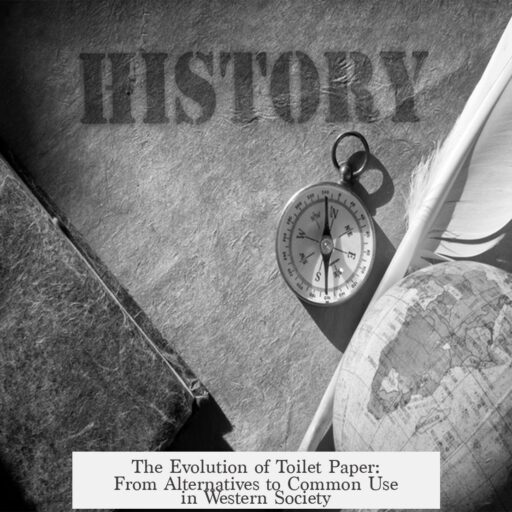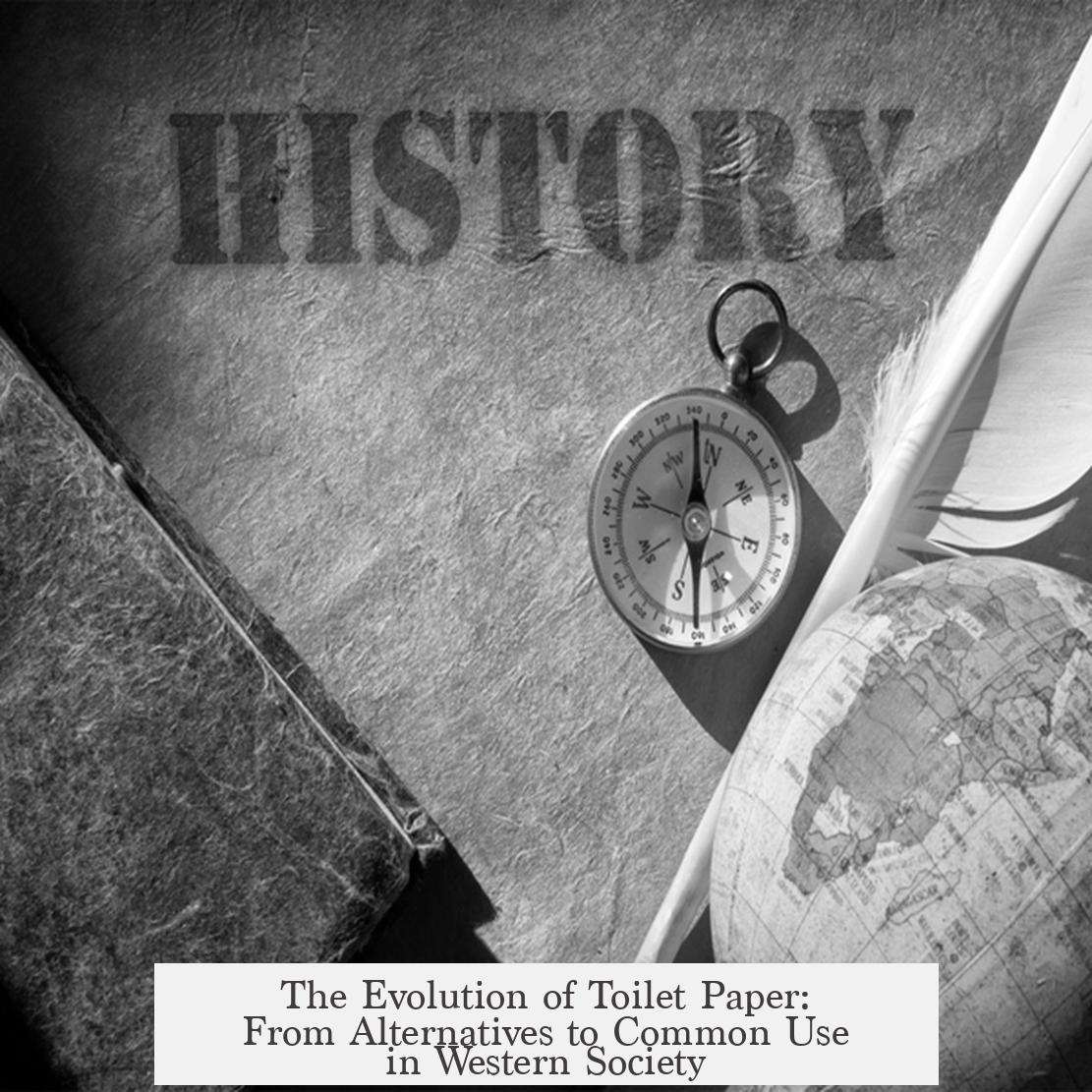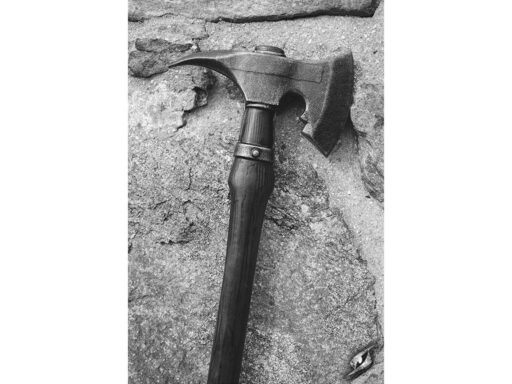Toilet paper became common in Western society during the 1800s. Before this, people relied on diverse materials depending on their social status and location.
The 19th century marks the start of widespread toilet paper use in the West. Commercially produced toilet paper gained popularity and gradually replaced older methods of personal hygiene.
- Earlier, various materials served this purpose. These included leaves, rags treated with perfume and aloe vera, pebbles, and sponges.
- Wealthier individuals often used more refined options, reflecting their social and economic standing.
- People’s choices also depended on geographic availability and tradition.
In the United States, printed materials such as newspapers and magazines were common substitutes. Popular publications like the Sears Catalog and the Old Farmer’s Almanac were favored for their texture and durability.
However, when the Sears Catalog switched to glossy paper, it became less suitable for this use. This change illustrates how product formats influenced alternatives before toilet paper’s mass availability.
| Time Period | Hygiene Materials Used | Influencing Factors |
|---|---|---|
| Before 1800s | Leaves, rags (sometimes perfumed), pebbles, sponges | Wealth, location, availability |
| Early 1800s | Printed materials (newspapers, magazines, catalogs) | Publication type, paper texture |
| Late 1800s onward | Mass-produced toilet paper | Industrial production, hygiene standards |
Mass production of toilet paper made it widely accessible. It improved hygiene and convenience, becoming the standard in homes and public places.
- Toilet paper’s rise occurred mainly in the 1800s in the West.
- Alternatives included natural items and printed paper based on social and geographic factors.
- Industrialization and changing materials solidified toilet paper as the primary option.
When Did Toilet Paper Come Into Common Use in Western Society? What Were Some Common Alternatives Before This Happened?

Toilet paper became widely used in Western society during the 1800s. Before this innovation, people had to get creative—or downright resourceful—with what they used for personal hygiene after using the restroom. So how did we go from leaves and pebbles to the soft, convenient rolls that we almost mindlessly grab today? Let’s explore this quirky journey.
Imagine living before the 19th century when toilet paper wasn’t the norm. What did folks use? The answer isn’t one-size-fits-all; regional climate, social status, and available resources shaped choices heavily. Some residents grappled with some surprisingly rugged options.
Before Toilet Paper: The Wild Variety of Alternatives
Wealth and location drove what people used to clean up after themselves. In the countryside, people might grab leaves or grass. Leaves are biodegradable and handy, but not exactly the most comfortable option.
In wealthier or urban settings, things got fancier—or at least more deliberate.
- Rags Treated With Aloe Vera and Perfume: Yes, people reused fabric pieces, sometimes soaking them with aloe and perfumes to mask odors and soothe the skin. Quite a luxury upgrade compared to the leaves of the peasants.
- Sponge on a Stick: Ancient Roman elites famously used a sea sponge attached to a stick, rinsed after use. Practical? Yes. Hygienic by today’s standards? Questionable.
- Pebbles and Other Rough Materials: For some cultural groups and socioeconomic classes, awkward options like pebbles were used, likely uncomfortable but effective.
So these alternatives were very much a function of who you were and where you lived. The poor and rural might rough it with natural, immediate materials. The well-to-do could afford slightly more pampering.
Newspapers and Magazines: The Transitional Heroes in the US

Fast forward to pre-industrial America, when the mass production of paper products was starting but toilet paper wasn’t yet stocked on shelves everywhere. People often resorted to available reading materials.
- Newspapers and Magazines: These were common wiping materials given their abundance and disposable nature. If you think about it, that makes pragmatic sense. Got a newspaper lying around? Reuse the Sunday comics for cleanliness.
- The Sears Catalog and Old Farmer’s Almanac: These particular publications gained a humorous reputation as “go-to” materials. The Sears Catalog, for example, was large, plentiful, and had pages perfect for the job—until Sears switched to glossy paper, which was less absorbent and more slippery, much to the dismay of those who had relied on its pages in the bathroom.
These “alternative” wipes blur the line between necessity and irony. The idea of using an almanac or catalog to clean up adds a quirky element to the history of hygiene—has anyone ever smelled the 19th-century Sears Catalog? We shudder to think.
The 1800s: The Dawn of Widespread Toilet Paper Use
By the 19th century, several inventors had tried to commercialize toilet paper. The turning point came as mass production technologies and improvements in paper making enabled a safer, more sanitary alternative to the patchwork of prior methods.
The improved availability made toilet paper affordable and hygienic enough for the masses. This innovation had clear public health benefits, reducing irritation and the spread of germs compared with some earlier methods. For instance, leaves and pebbles could cause discomfort or injury, and reused rags risked contamination.
Toilet paper’s rise coincided with increased urbanization and indoor plumbing, both of which made convenience and sanitation higher priorities. Suddenly, a clean, soft paper roll within reach was a game-changer.
Why This History Matters Today
Have you ever paused to imagine what personal hygiene was like a couple of centuries ago? The journey from leaves and algae to ultra-soft quilted rolls is a story of evolving technology and culture.
Understanding this history also highlights the incredible improvements we’ve made. It’s a reminder to appreciate simple things—like reaching for that next square without a second thought.
Still curious? Here are a few actionable tips to appreciate your modern toilet paper even more:
- Try a history trivia night themed around old hygiene methods—“Guess What They Used Before Toilet Paper.” It’s hilarious and educational.
- Remember that every sanitary product we enjoy today stands on centuries of trial, error, and innovation.
- Consider the environmental impact of toilet paper, and maybe explore some sustainable alternatives inspired by old-time frugality—just not pebbles or sponges.
Who knew something as mundane as toilet paper could open up a window to history’s daily struggles and innovations? Next time you unroll a fresh piece, give a nod to the leaves, sponges, and catalogs that pioneered the path.




